Home>Furniture & Design>Interior Design Trends>Why Is The Jesse Tree A Common Stained Glass Motif
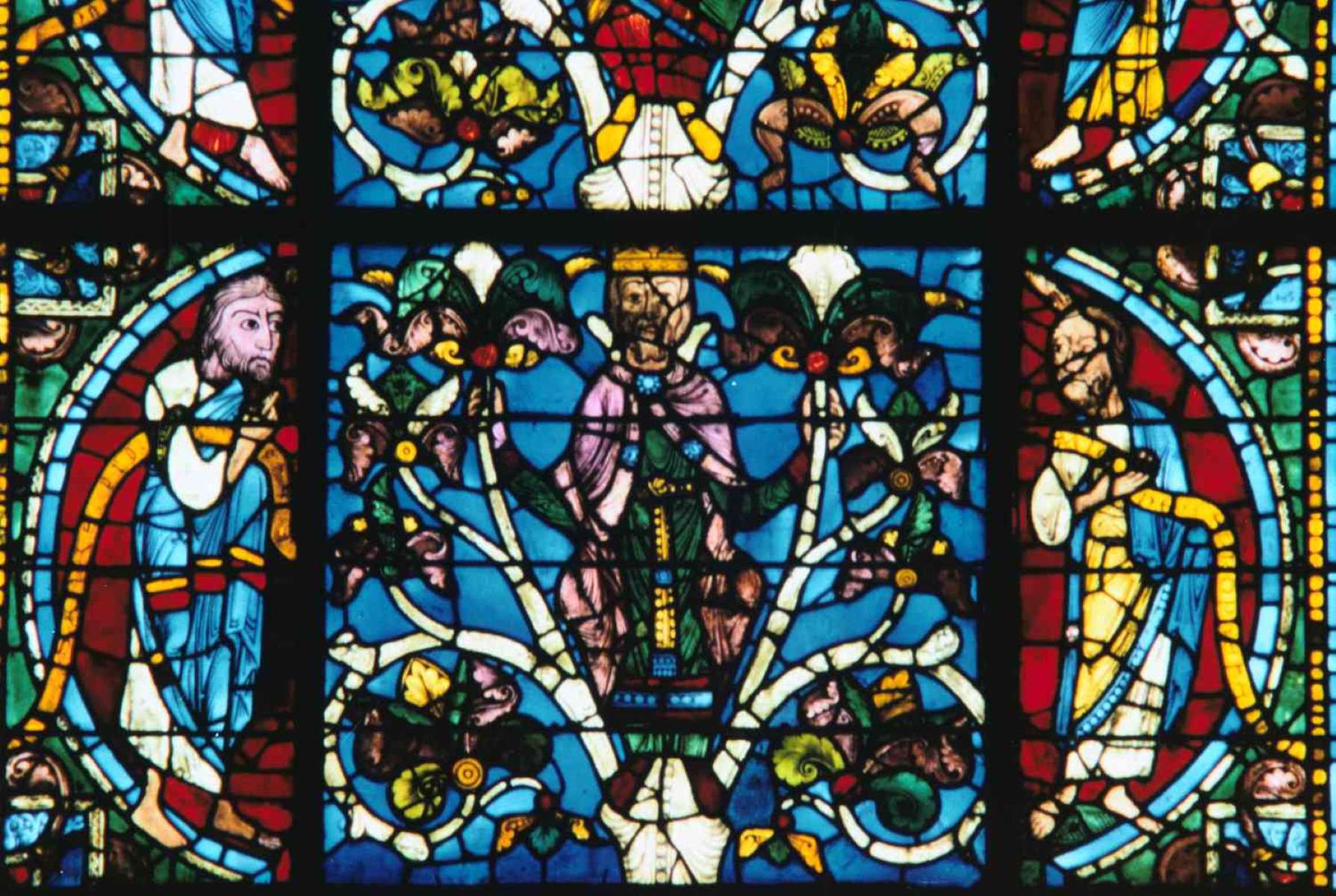

Interior Design Trends
Why Is The Jesse Tree A Common Stained Glass Motif
Modified: October 18, 2024
Discover the significance of the Jesse Tree as a popular stained glass motif and its impact on interior design trends. Explore the historical and artistic elements behind this timeless symbol.
(Many of the links in this article redirect to a specific reviewed product. Your purchase of these products through affiliate links helps to generate commission for Storables.com, at no extra cost. Learn more)
Introduction
The Jesse Tree is a captivating and symbolic motif that has been intricately woven into the fabric of art, architecture, and religious traditions for centuries. This timeless emblem holds profound significance, serving as a visual representation of lineage, heritage, and spiritual growth. As we delve into the rich tapestry of the Jesse Tree, we will uncover its deep-rooted symbolism, historical importance in stained glass art, and its enduring presence in Christian tradition.
The Jesse Tree, often depicted in stained glass windows, is a powerful visual narrative that traces the lineage of Jesus Christ through the lineage of Jesse, the father of King David. This symbolic representation serves as a poignant reminder of the ancestral lineage that culminates in the birth of Jesus, symbolizing the continuity of faith and the fulfillment of divine prophecy.
Throughout history, the Jesse Tree has been a prevalent motif in stained glass art, adorning the sacred spaces of cathedrals, churches, and religious institutions. The intricate depictions of branching genealogies and symbolic imagery in stained glass windows have served as a visual testament to the enduring legacy of the Jesse Tree. These awe-inspiring works of art not only showcase the artistic prowess of the craftsmen but also convey a profound spiritual message that transcends time.
The Jesse Tree holds a significant place in Christian tradition, symbolizing the anticipation of the coming of Christ and the fulfillment of God's promise. Its presence in religious observances, such as Advent, further underscores its importance as a symbol of hope, renewal, and spiritual awakening. The Jesse Tree serves as a poignant reminder of the interconnectedness of humanity's spiritual journey and the enduring promise of salvation.
In the realm of art and architecture, the Jesse Tree has left an indelible mark, inspiring awe and reverence through its intricate depictions and profound symbolism. From the grandeur of medieval cathedrals to the intimate sanctuaries of parish churches, the Jesse Tree continues to captivate and inspire, inviting contemplation and reflection upon the timeless narrative it conveys.
As we embark on this exploration of the Jesse Tree, we will unravel the layers of symbolism, historical significance, and enduring legacy that have cemented its place as a cherished motif in the realms of art, architecture, and faith. Join us on this journey as we delve into the profound beauty and significance of the Jesse Tree, a timeless emblem that continues to resonate with the hearts and minds of believers and art enthusiasts alike.
Key Takeaways:
- The Jesse Tree, depicted in stained glass, symbolizes the lineage of Jesus Christ and serves as a visual reminder of faith and divine prophecy, inspiring awe and contemplation in sacred spaces.
- The Jesse Tree, deeply rooted in Christian tradition, embodies the anticipation of Christ’s birth and the interconnectedness of humanity’s spiritual journey, offering a universal message of hope and renewal.
The Symbolism of the Jesse Tree
The Jesse Tree serves as a powerful symbol of lineage, heritage, and spiritual growth, weaving together a rich tapestry of meaning and significance. At its core, the Jesse Tree represents the ancestral lineage of Jesus Christ, tracing his roots through the lineage of Jesse, the father of King David. This visual narrative of interconnected branches symbolizes the continuity of faith and the fulfillment of divine prophecy, encapsulating the timeless journey of spiritual heritage and redemption.
The imagery of the Jesse Tree is deeply rooted in the Old Testament, specifically in the Book of Isaiah, where the prophecy of the coming of the Messiah is foretold: "A shoot will come up from the stump of Jesse; from his roots, a Branch will bear fruit." This prophetic vision of a flourishing branch emerging from the lineage of Jesse serves as a poignant metaphor for the anticipation of the arrival of Jesus Christ, the promised Savior.
Each element depicted on the Jesse Tree holds profound symbolism, representing key figures and events from the Old Testament that foreshadow the birth and mission of Jesus. The intricate depictions of branches, leaves, and symbolic imagery convey a visual narrative of spiritual growth, divine providence, and the interconnectedness of humanity's journey towards salvation.
The Jesse Tree also serves as a testament to the enduring legacy of faith, highlighting the interconnectedness of generations past, present, and future. It symbolizes the continuity of God's covenant with humanity, transcending time and space to convey a message of hope, renewal, and spiritual awakening.
In the realm of stained glass art, the Jesse Tree is brought to life through vibrant colors, intricate details, and masterful craftsmanship. The visual impact of the Jesse Tree in stained glass windows evokes a sense of awe and reverence, inviting contemplation and reflection upon the profound symbolism it embodies.
As a timeless emblem of spiritual heritage and divine promise, the Jesse Tree continues to resonate with believers and art enthusiasts alike, serving as a poignant reminder of the interconnectedness of humanity's spiritual journey and the enduring promise of salvation. Its symbolism transcends religious boundaries, offering a universal message of hope, renewal, and the eternal legacy of faith.
In essence, the Jesse Tree stands as a testament to the enduring power of symbolism, weaving together the threads of heritage, prophecy, and spiritual growth into a captivating visual narrative that continues to inspire and uplift the hearts and minds of those who behold its profound beauty.
The Historical Significance of the Jesse Tree in Stained Glass
The historical significance of the Jesse Tree in stained glass art is deeply intertwined with the rich tapestry of religious narratives, artistic expression, and cultural heritage. Dating back to the medieval era, stained glass windows adorned with the intricate depictions of the Jesse Tree have served as visual testaments to the enduring legacy of faith and the timeless narrative of spiritual lineage.
During the medieval period, stained glass emerged as a prominent medium for conveying religious stories and spiritual teachings to a largely illiterate populace. The vibrant hues and ethereal glow of stained glass windows transformed sacred spaces into awe-inspiring canvases, captivating the hearts and minds of worshippers and pilgrims. The Jesse Tree, with its intricate branching genealogies and symbolic imagery, became a focal point in the design of these magnificent windows, offering a visual narrative of divine lineage and prophetic fulfillment.
Craftsmen and artisans painstakingly translated the symbolism of the Jesse Tree into vibrant and mesmerizing stained glass compositions, infusing each panel with meticulous detail and profound spiritual significance. The use of rich colors, intricate patterns, and masterful craftsmanship brought the Jesse Tree to life, evoking a sense of reverence and wonder within the sacred confines of cathedrals, churches, and religious institutions.
The historical significance of the Jesse Tree in stained glass extends beyond its role as a visual narrative; it also reflects the cultural and artistic achievements of the medieval period. The intricate designs and technical prowess displayed in the creation of these stained glass windows stand as a testament to the skill and ingenuity of the craftsmen who brought the Jesse Tree to life in vibrant and captivating detail.
Furthermore, the enduring presence of the Jesse Tree in stained glass art underscores its significance as a timeless emblem of spiritual heritage and divine promise. These magnificent windows, adorned with the resplendent imagery of the Jesse Tree, continue to inspire awe and contemplation, inviting viewers to immerse themselves in the profound symbolism and historical legacy they embody.
In essence, the historical significance of the Jesse Tree in stained glass art is a testament to the enduring power of visual storytelling, artistic expression, and spiritual symbolism. Its presence in stained glass windows serves as a poignant reminder of the interconnectedness of faith, heritage, and the enduring promise of salvation, leaving an indelible mark on the cultural and artistic landscape of the medieval era and beyond.
The Jesse Tree is a common stained glass motif because it represents the genealogy of Jesus, starting with Jesse, the father of King David. It is a visual way to tell the story of Jesus’ ancestry.
The Jesse Tree in Christian Tradition
The Jesse Tree holds a significant place in Christian tradition, serving as a powerful symbol of anticipation, spiritual lineage, and the fulfillment of divine promise. Rooted in the Old Testament prophecies and the genealogy of Jesus Christ, the Jesse Tree embodies the interconnectedness of faith, heritage, and the timeless narrative of salvation.
In Christian tradition, the Jesse Tree is intricately woven into the observance of Advent, a period of spiritual preparation and anticipation leading up to the celebration of the birth of Jesus Christ. The Jesse Tree becomes a focal point of reflection and contemplation during this sacred season, symbolizing the anticipation of the coming of Christ and the fulfillment of God's promise to humanity.
The imagery of the Jesse Tree is deeply rooted in the Old Testament scriptures, particularly in the Book of Isaiah, where the prophecy of the coming of the Messiah is foretold. The passage, "A shoot will come up from the stump of Jesse; from his roots, a Branch will bear fruit," encapsulates the profound symbolism of the Jesse Tree as a visual representation of the lineage of Jesus Christ, tracing his roots through the ancestral line of Jesse, the father of King David.
As believers engage in the tradition of the Jesse Tree during Advent, they are invited to reflect on the interconnectedness of generations past, present, and future, symbolized by the branching genealogies depicted in the visual representations of the Jesse Tree. Each element of the Jesse Tree, from the symbolic imagery to the ancestral figures, serves as a poignant reminder of the enduring legacy of faith and the promise of redemption that culminates in the birth of Jesus Christ.
The Jesse Tree also serves as a powerful tool for teaching and transmitting the foundational stories of the Christian faith to new generations. Through the visual narrative of the Jesse Tree, believers are able to engage in a profound exploration of the Old Testament figures and events that foreshadow the birth and mission of Jesus, fostering a deeper understanding of the interconnectedness of God's redemptive plan throughout history.
In essence, the Jesse Tree holds a sacred place in Christian tradition, embodying the anticipation, spiritual lineage, and the enduring promise of salvation. Its presence during the season of Advent and its profound symbolism serve as a timeless reminder of the interconnectedness of humanity's spiritual journey and the fulfillment of God's covenant through the birth of Jesus Christ.
The Jesse Tree in Art and Architecture
The Jesse Tree has left an indelible mark on the realms of art and architecture, inspiring awe and reverence through its intricate depictions and profound symbolism. From the grandeur of medieval cathedrals to the intimate sanctuaries of parish churches, the Jesse Tree continues to captivate and inspire, inviting contemplation and reflection upon the timeless narrative it conveys.
In the realm of art, the Jesse Tree has been a recurring motif in various forms, including illuminated manuscripts, paintings, sculptures, and, most notably, stained glass windows. The visual narrative of the Jesse Tree, with its branching genealogies and symbolic imagery, has been masterfully translated into vibrant and captivating works of art, each bearing the unique interpretation and artistic expression of the craftsmen.
Stained glass windows adorned with the intricate depictions of the Jesse Tree stand as magnificent testaments to the enduring legacy of faith and the timeless narrative of spiritual lineage. The vibrant hues, intricate patterns, and masterful craftsmanship employed in the creation of these windows bring the Jesse Tree to life, evoking a sense of reverence and wonder within the sacred confines of cathedrals, churches, and religious institutions. The interplay of light and color through the stained glass panels infuses the sacred spaces with an ethereal glow, creating a transcendent experience for worshippers and art enthusiasts alike.
In architecture, the Jesse Tree finds expression in the design and ornamentation of sacred spaces, serving as a visual focal point that embodies the interconnectedness of faith, heritage, and the enduring promise of salvation. Whether intricately carved into the stone facades of cathedrals or adorning the vaulted ceilings of sacred structures, the Jesse Tree stands as a testament to the enduring power of visual storytelling and spiritual symbolism within architectural design.
The enduring presence of the Jesse Tree in art and architecture serves as a poignant reminder of the interconnectedness of humanity's spiritual journey and the enduring promise of salvation. Its timeless narrative continues to resonate with believers and art enthusiasts, inviting them to immerse themselves in the profound beauty and significance it embodies.
In essence, the Jesse Tree stands as a testament to the enduring power of symbolism, weaving together the threads of heritage, prophecy, and spiritual growth into a captivating visual narrative that continues to inspire and uplift the hearts and minds of those who behold its profound beauty.
Frequently Asked Questions about Why Is The Jesse Tree A Common Stained Glass Motif
Was this page helpful?
At Storables.com, we guarantee accurate and reliable information. Our content, validated by Expert Board Contributors, is crafted following stringent Editorial Policies. We're committed to providing you with well-researched, expert-backed insights for all your informational needs.
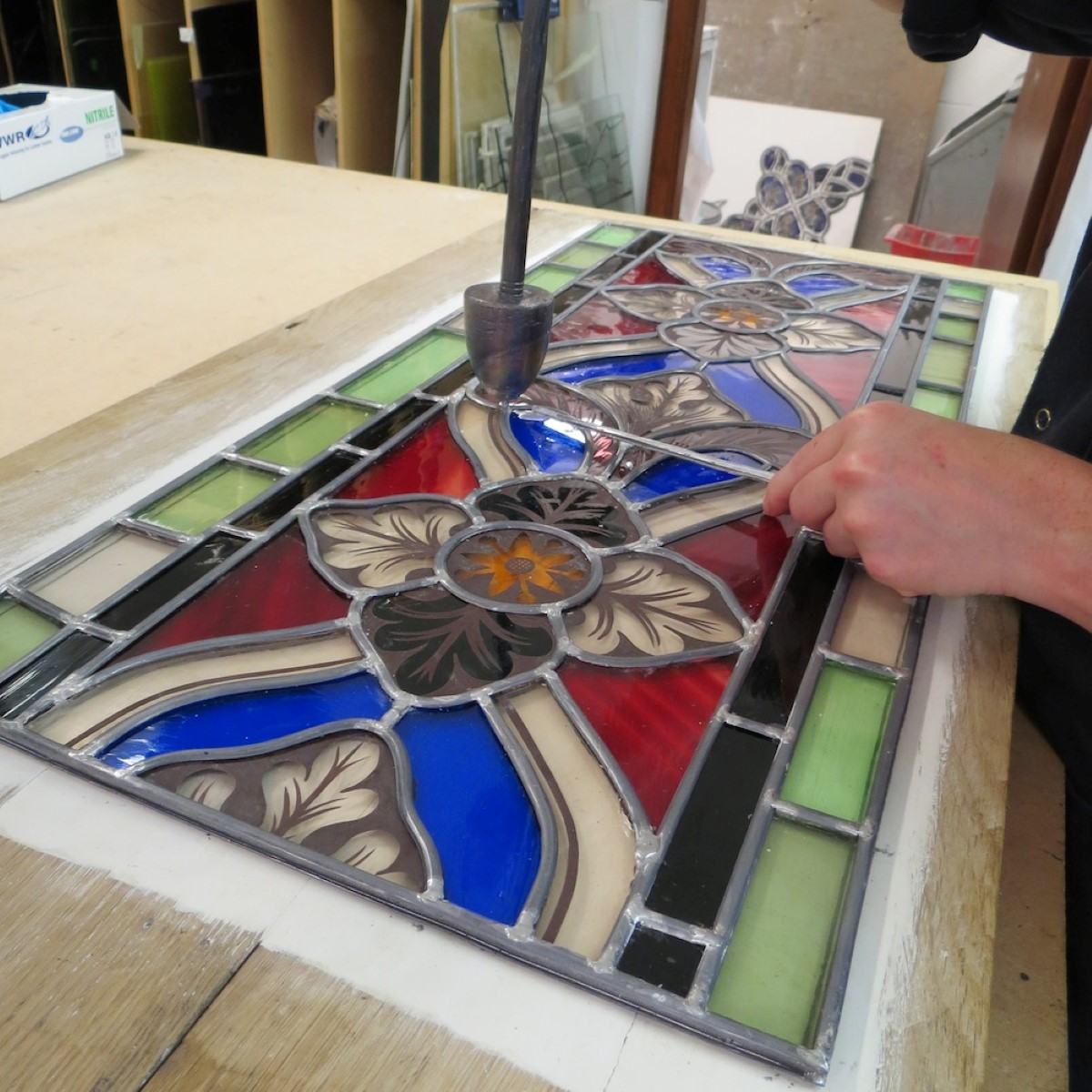
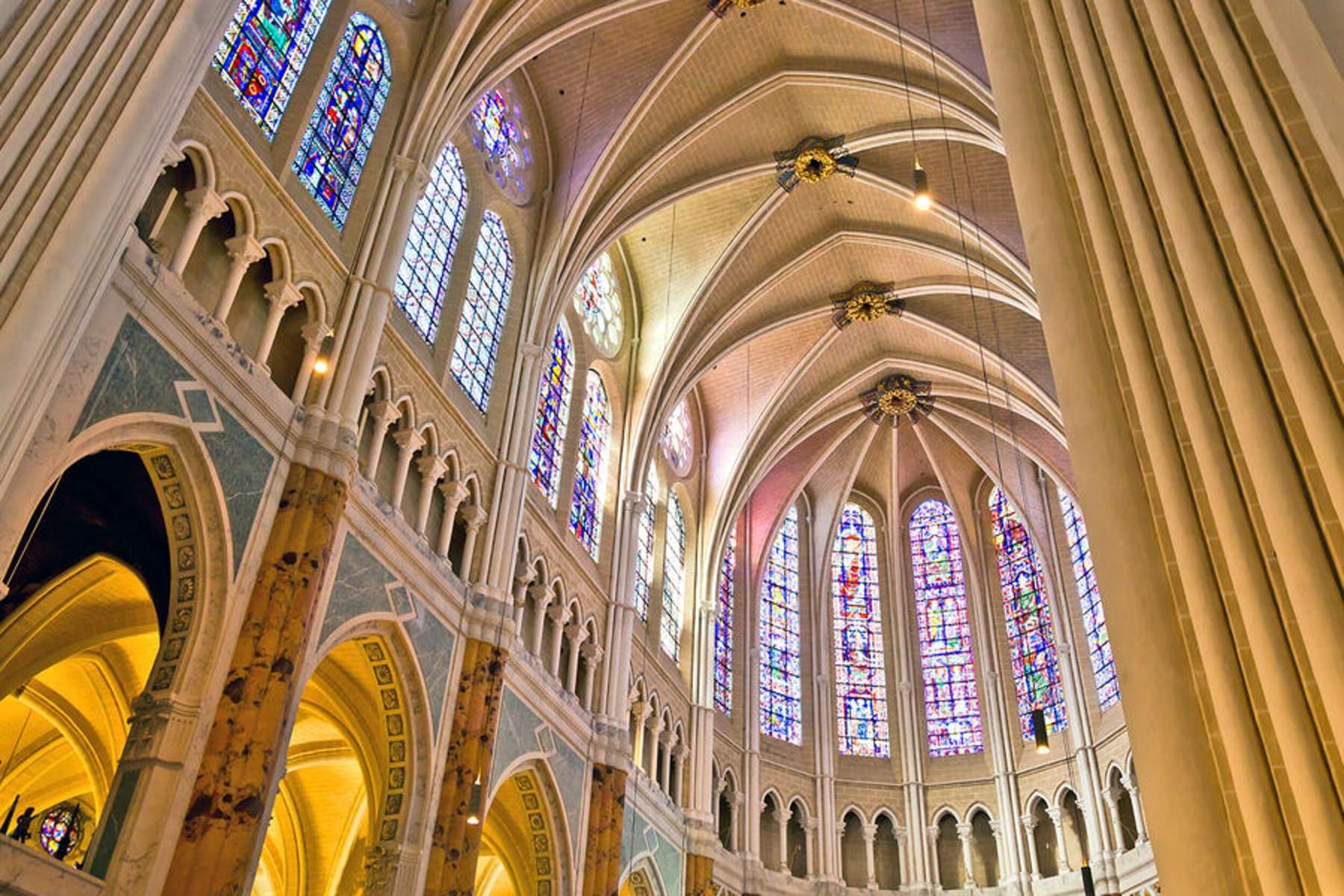



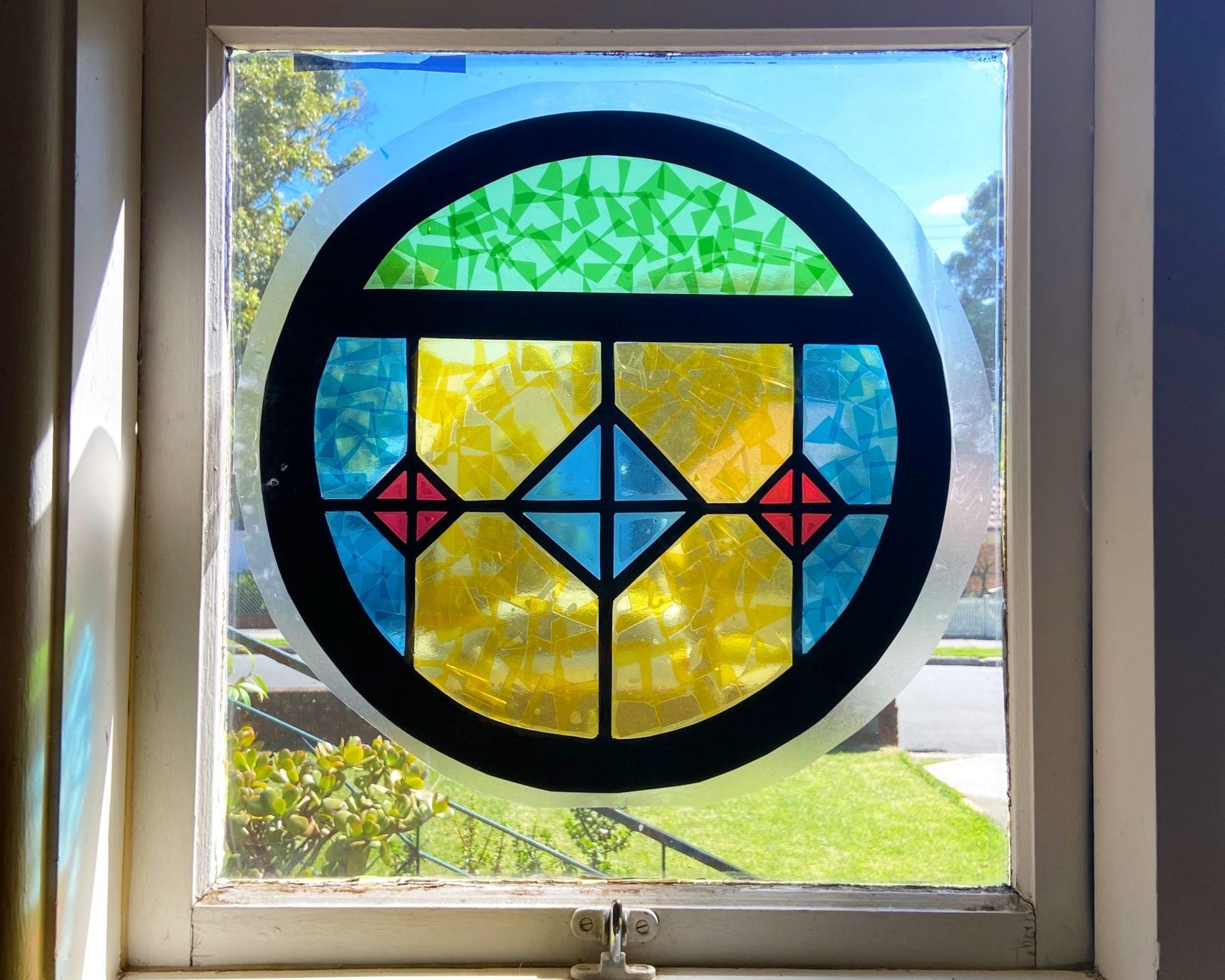

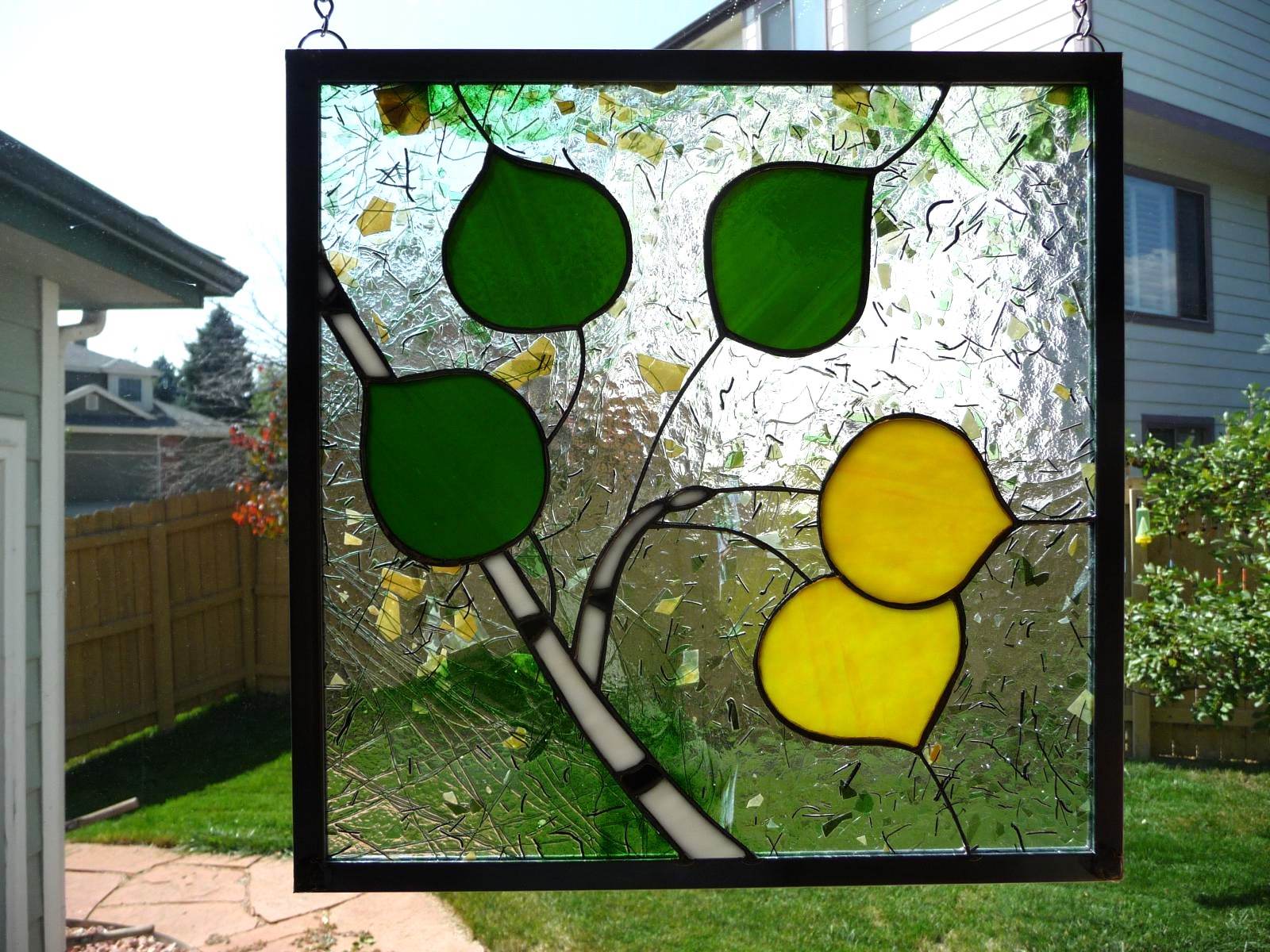
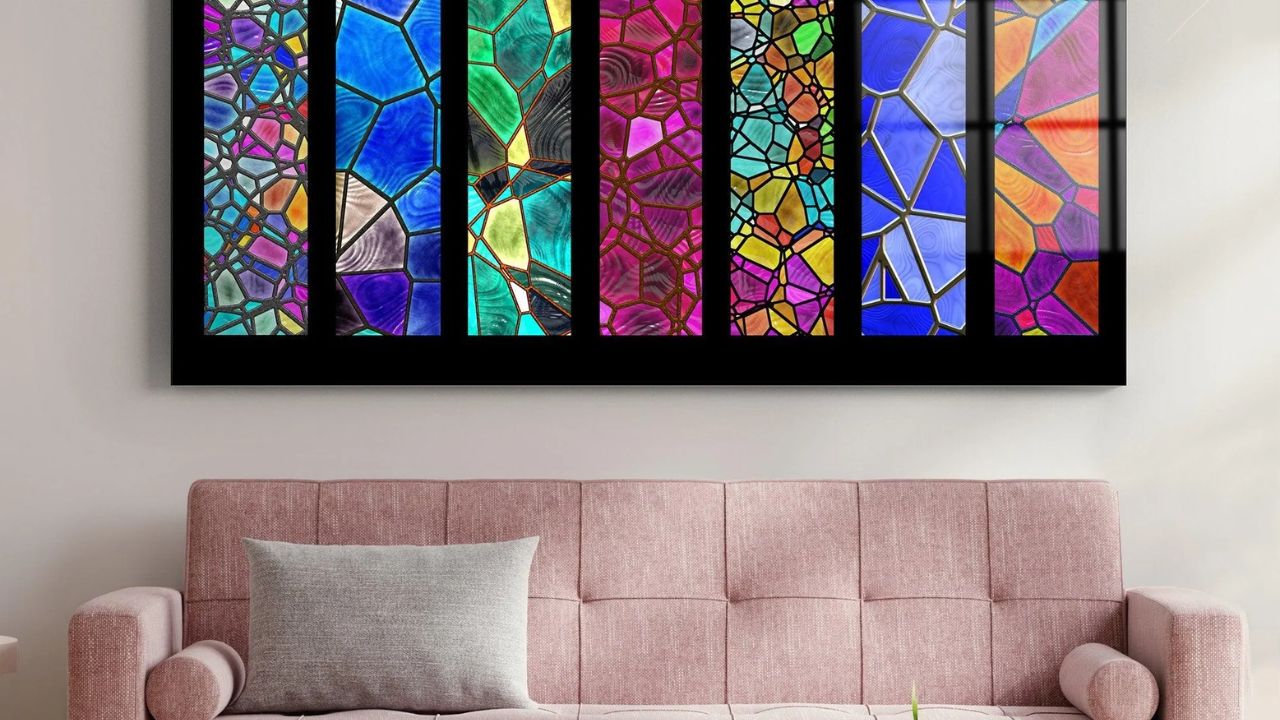
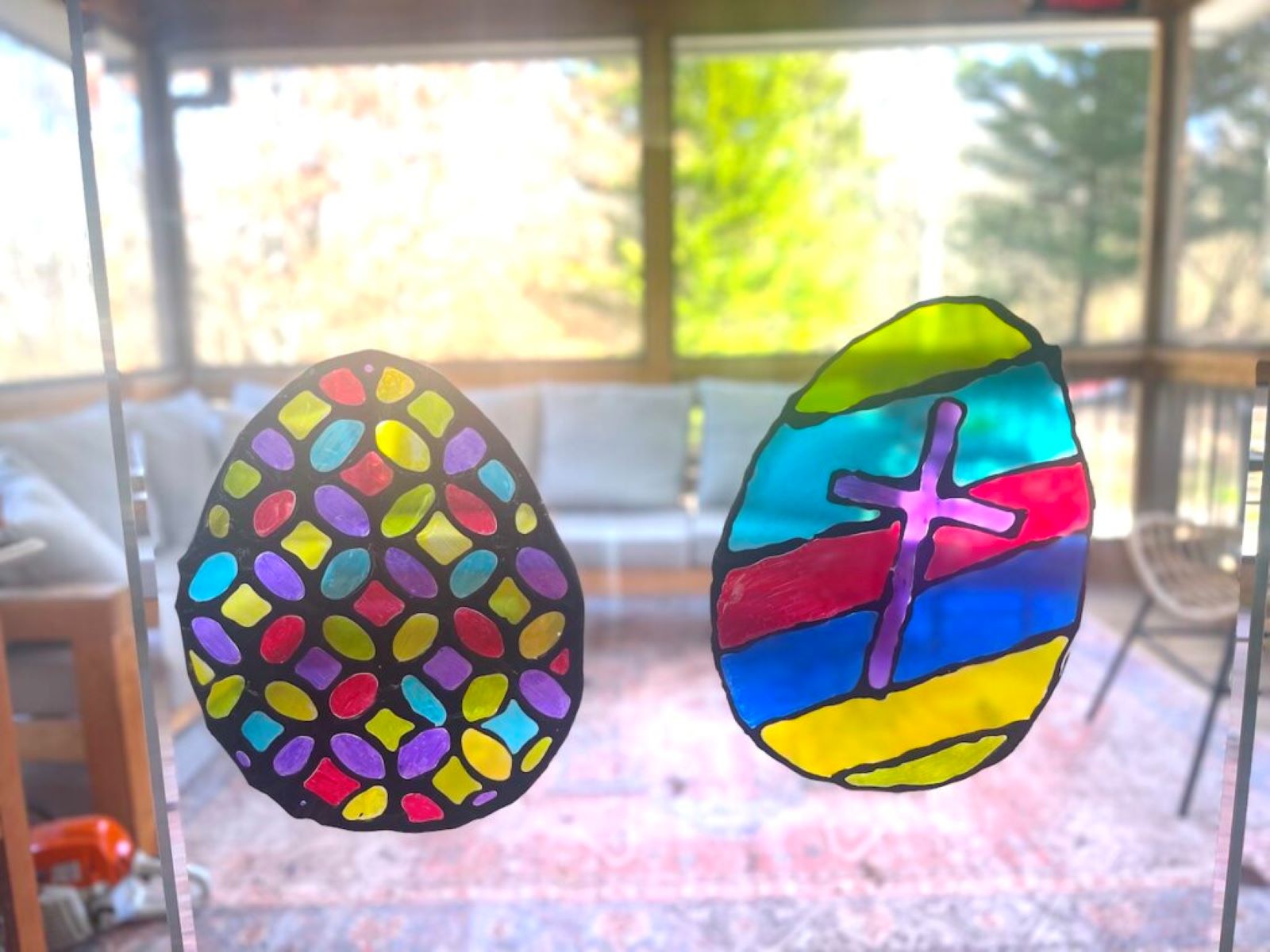


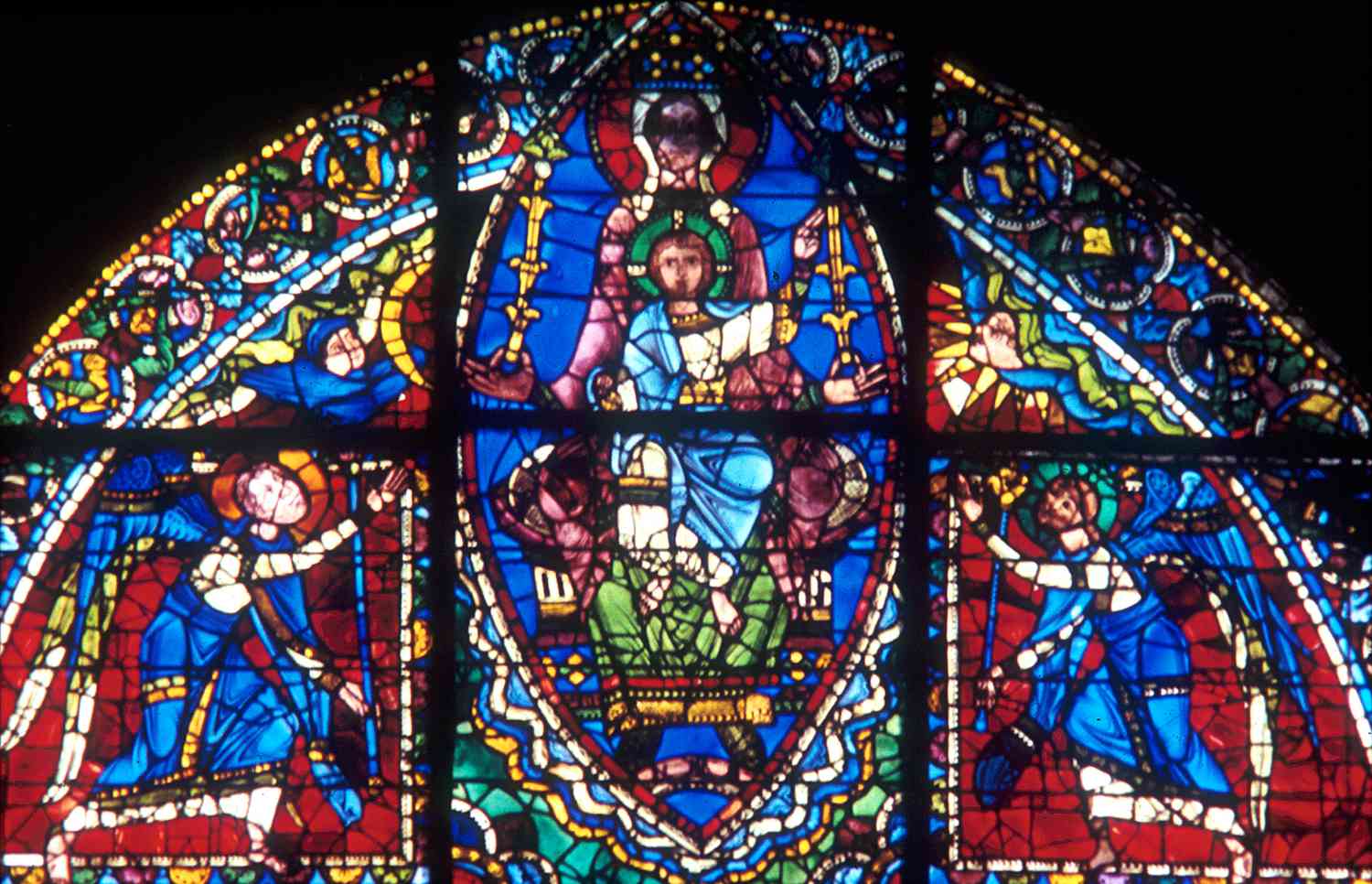
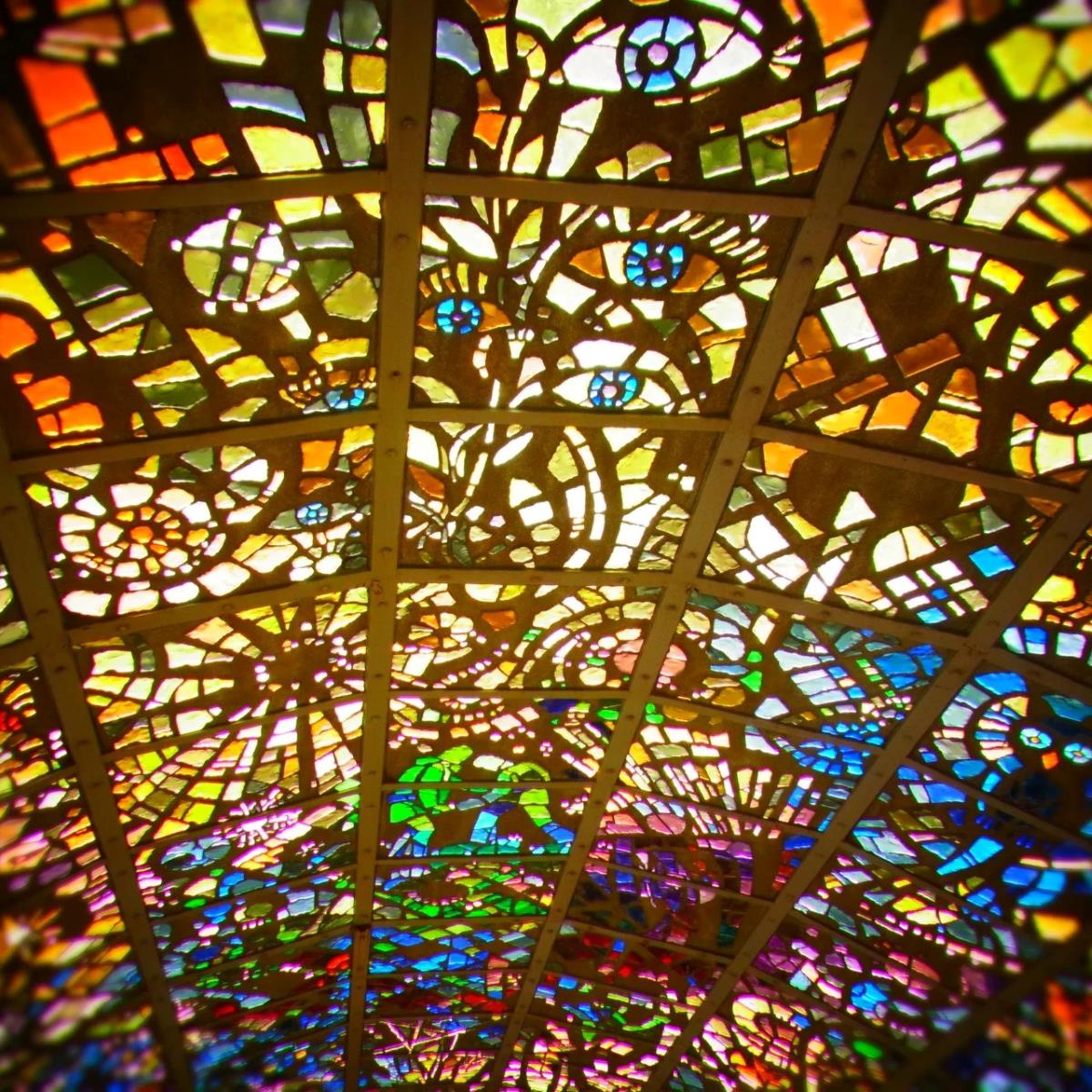
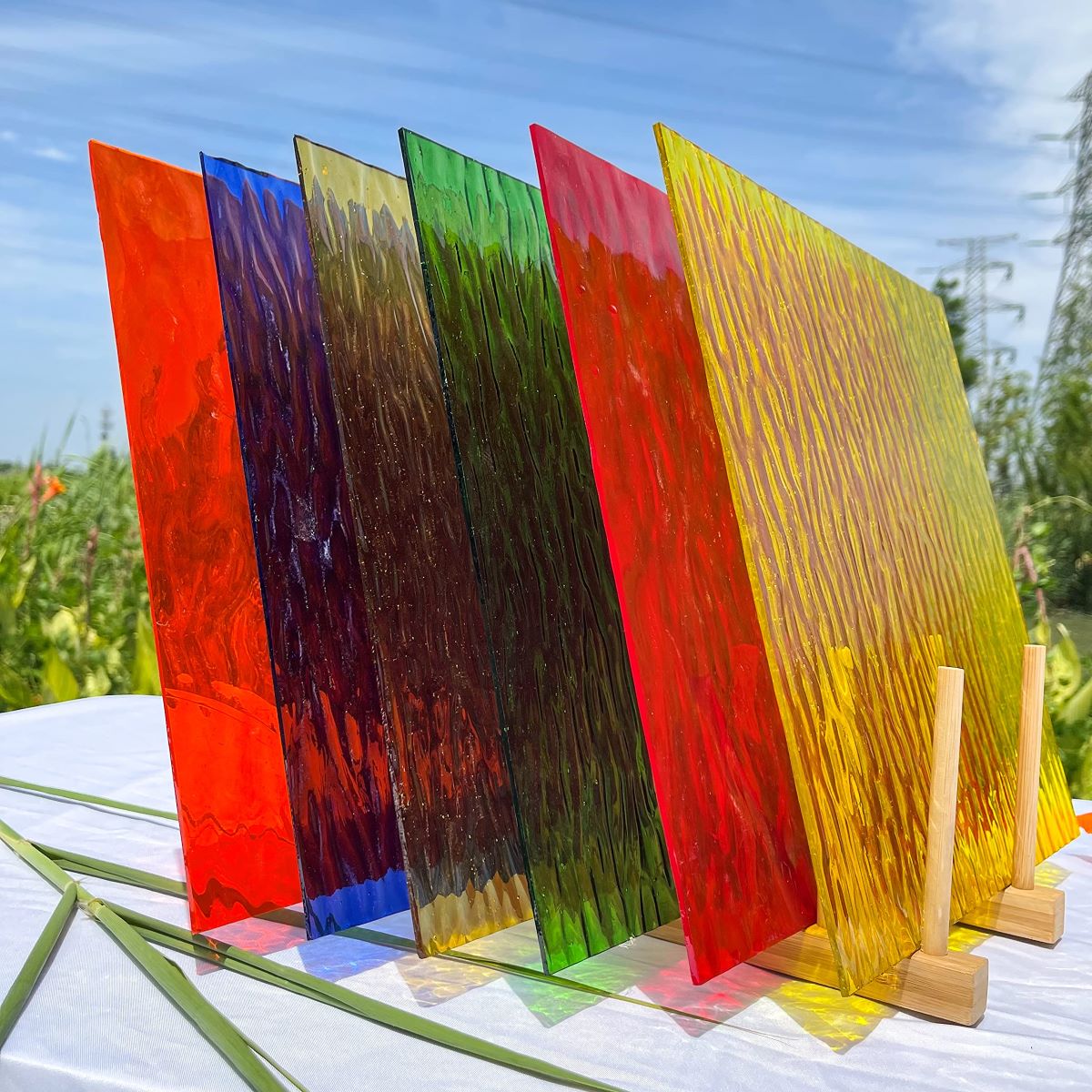

0 thoughts on “Why Is The Jesse Tree A Common Stained Glass Motif”